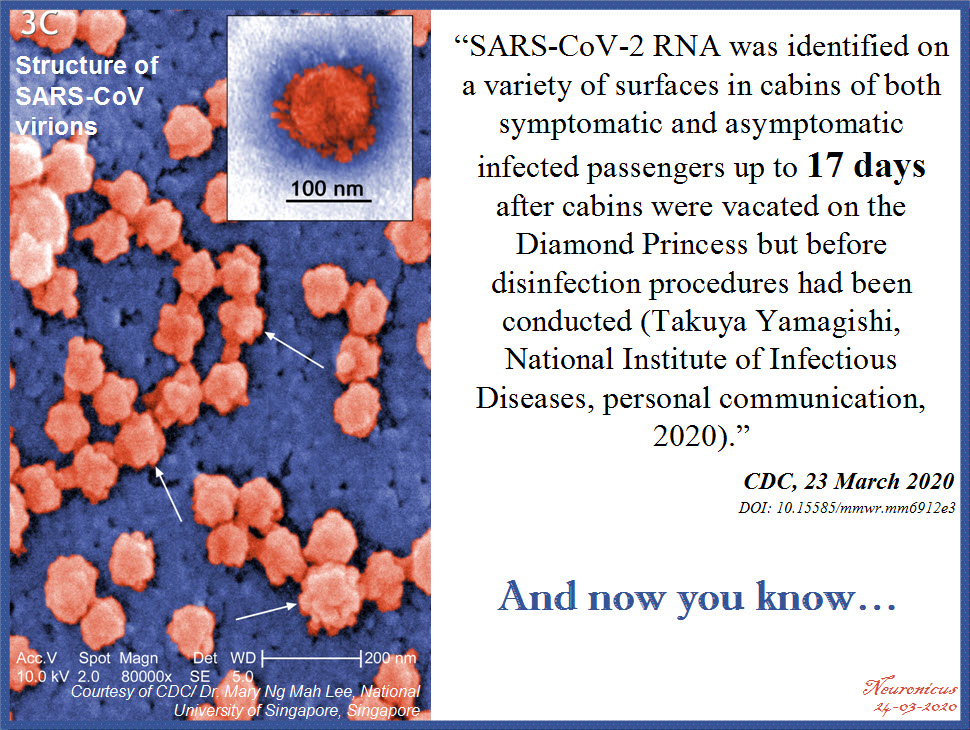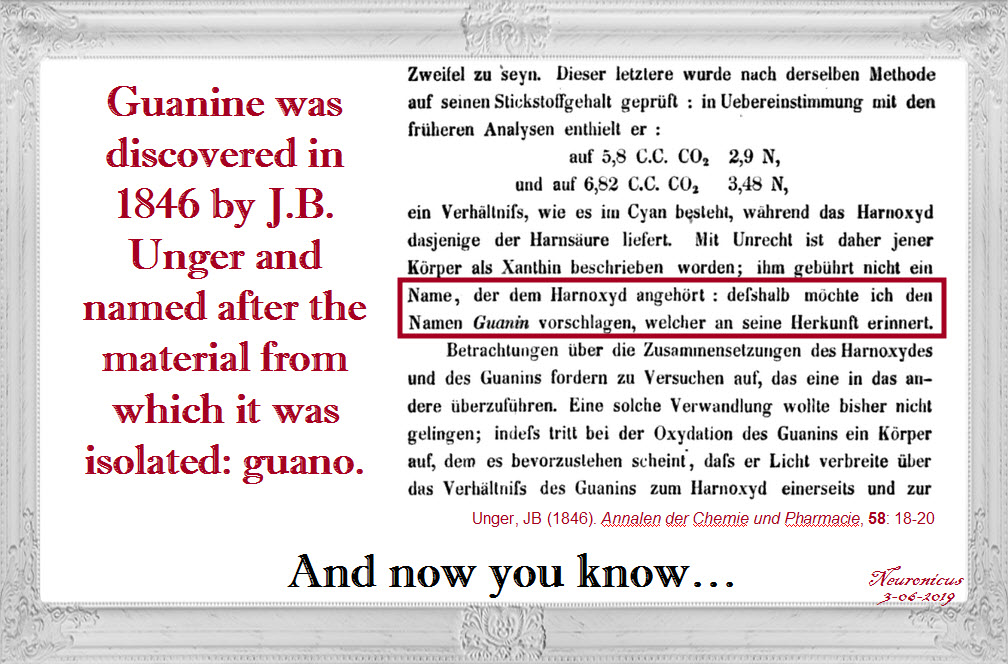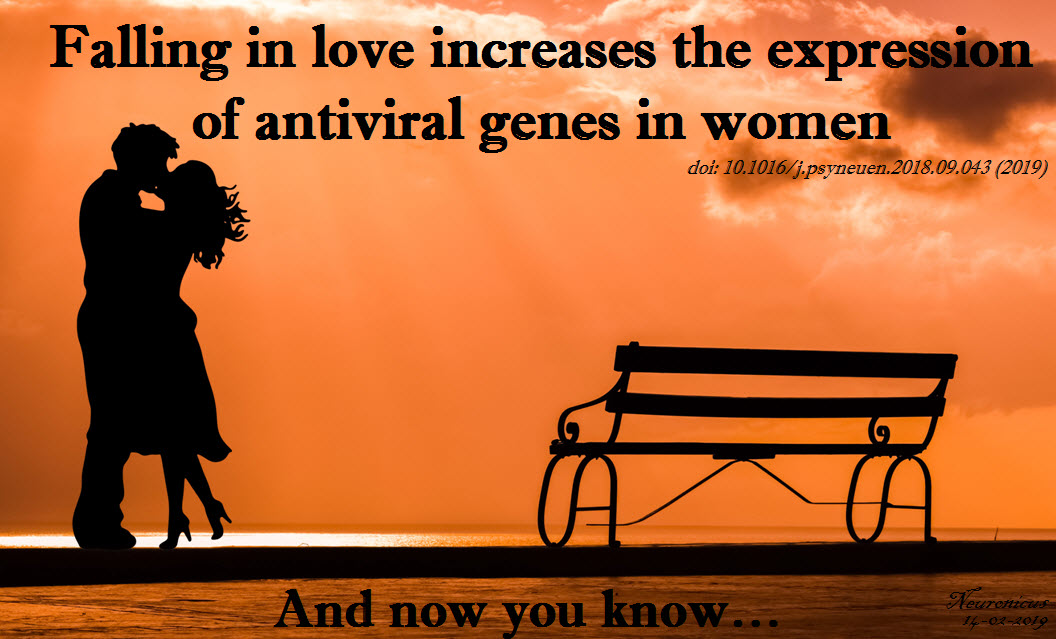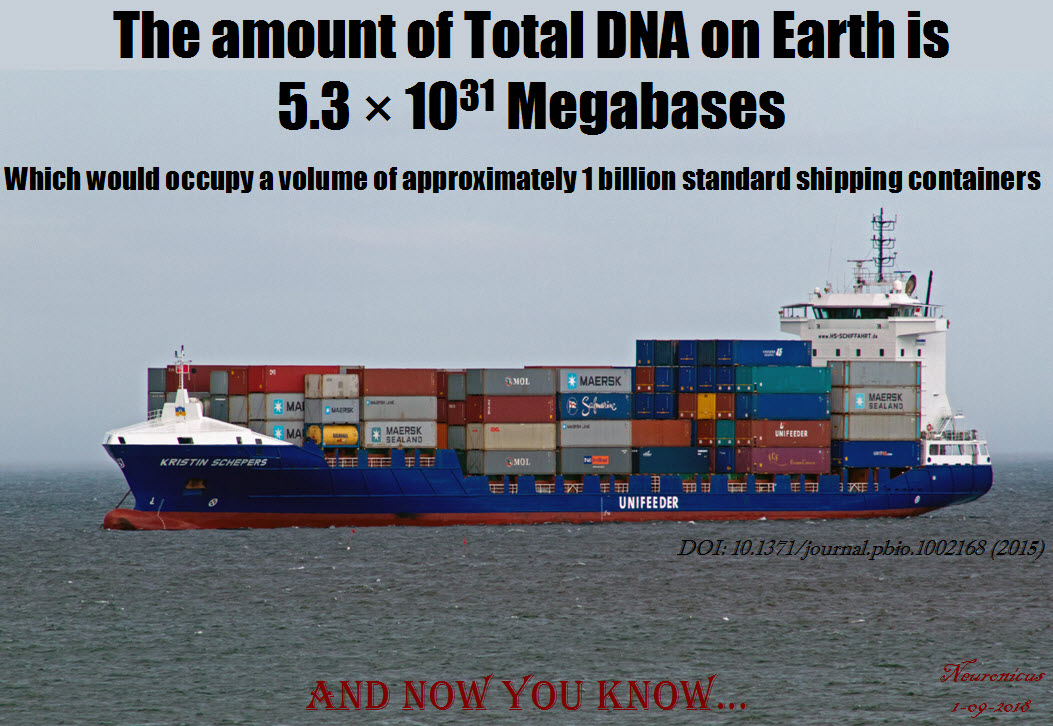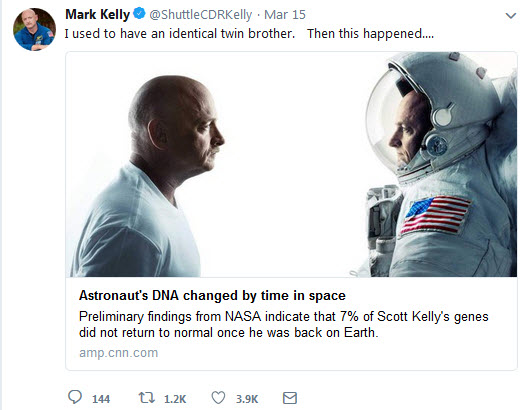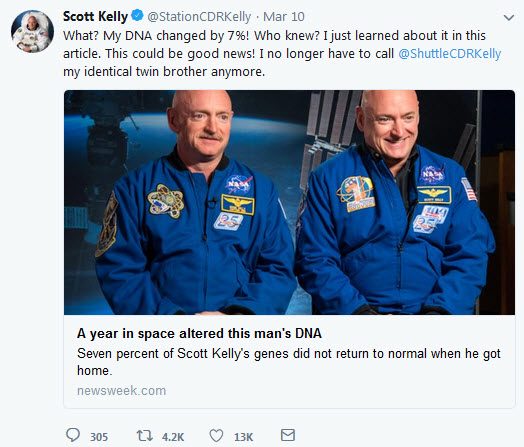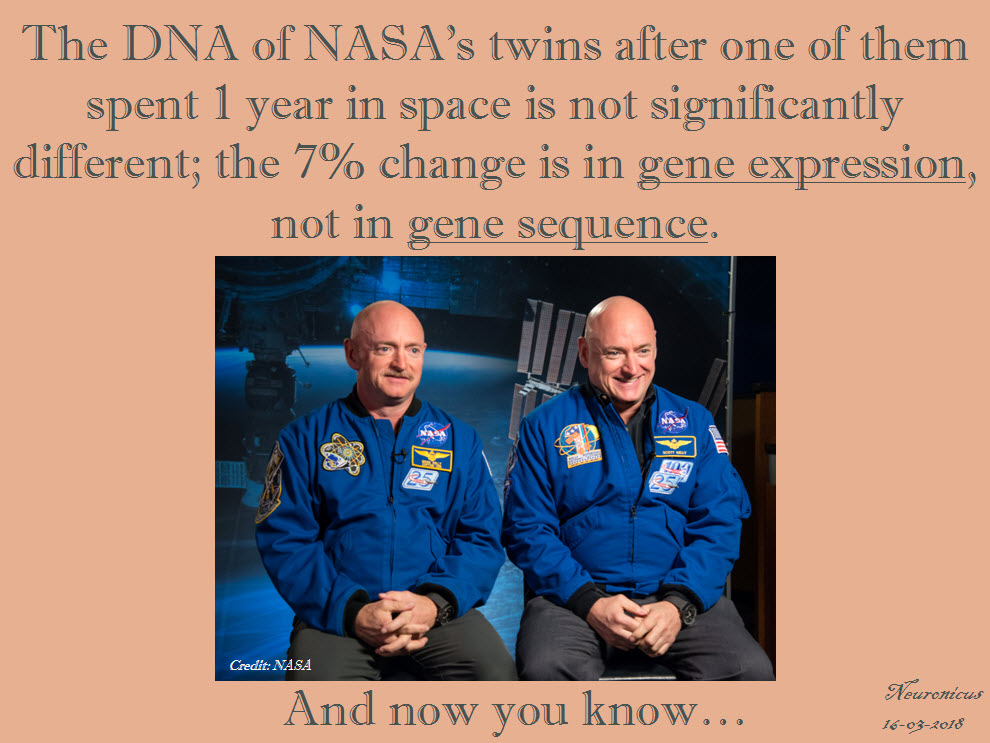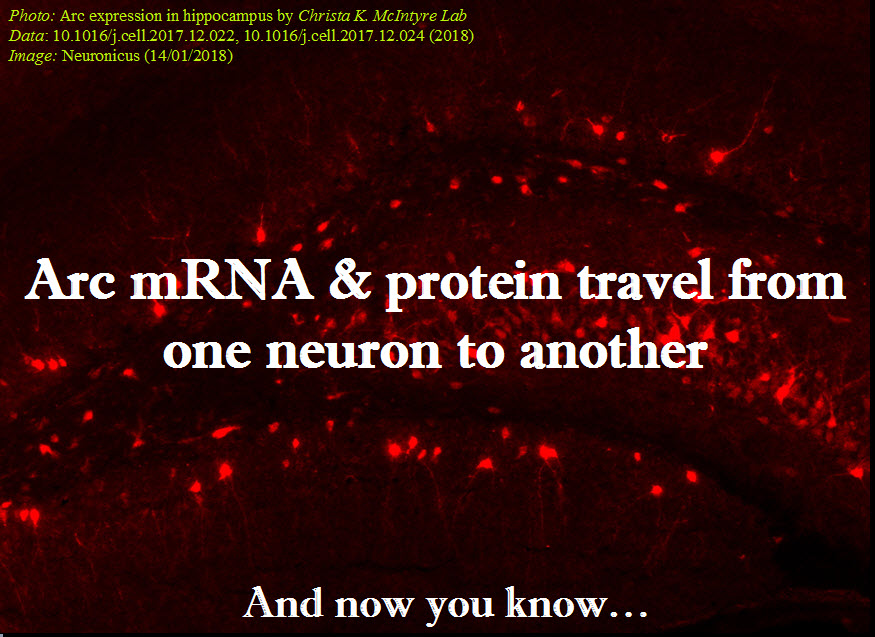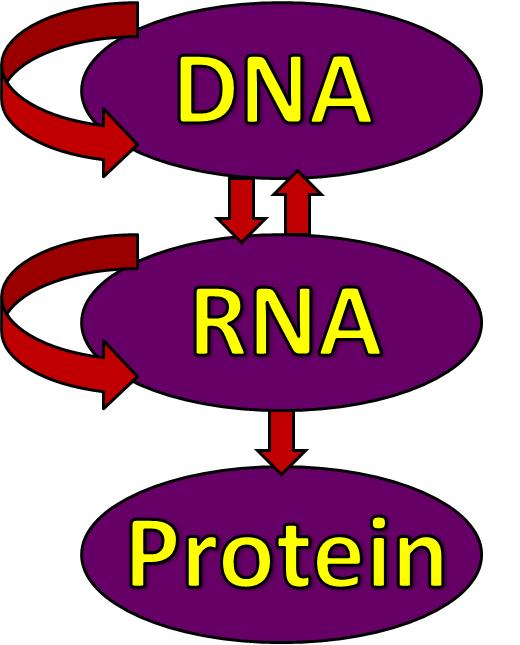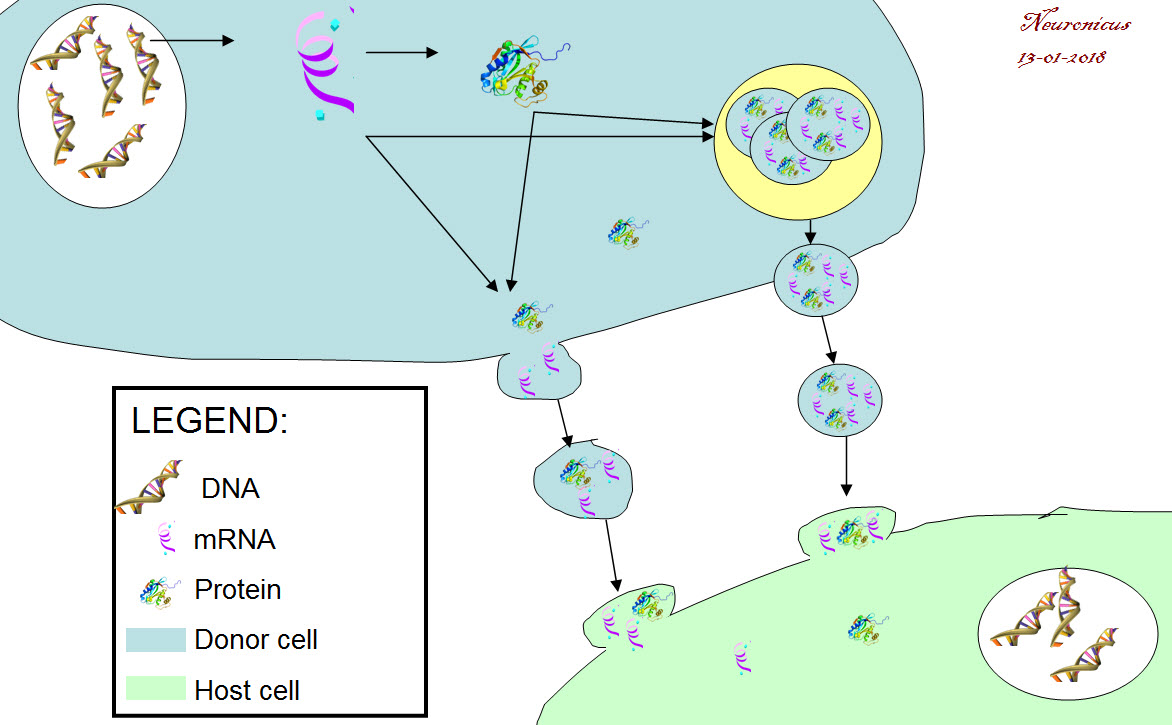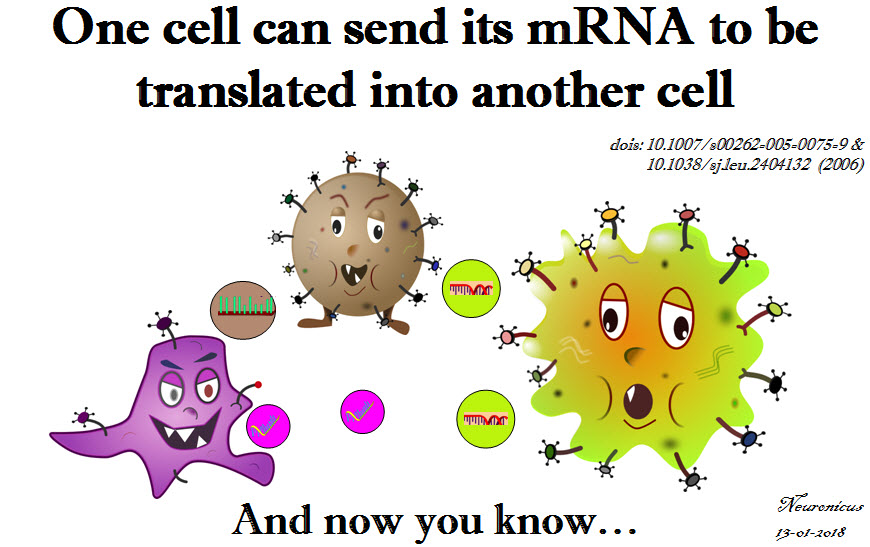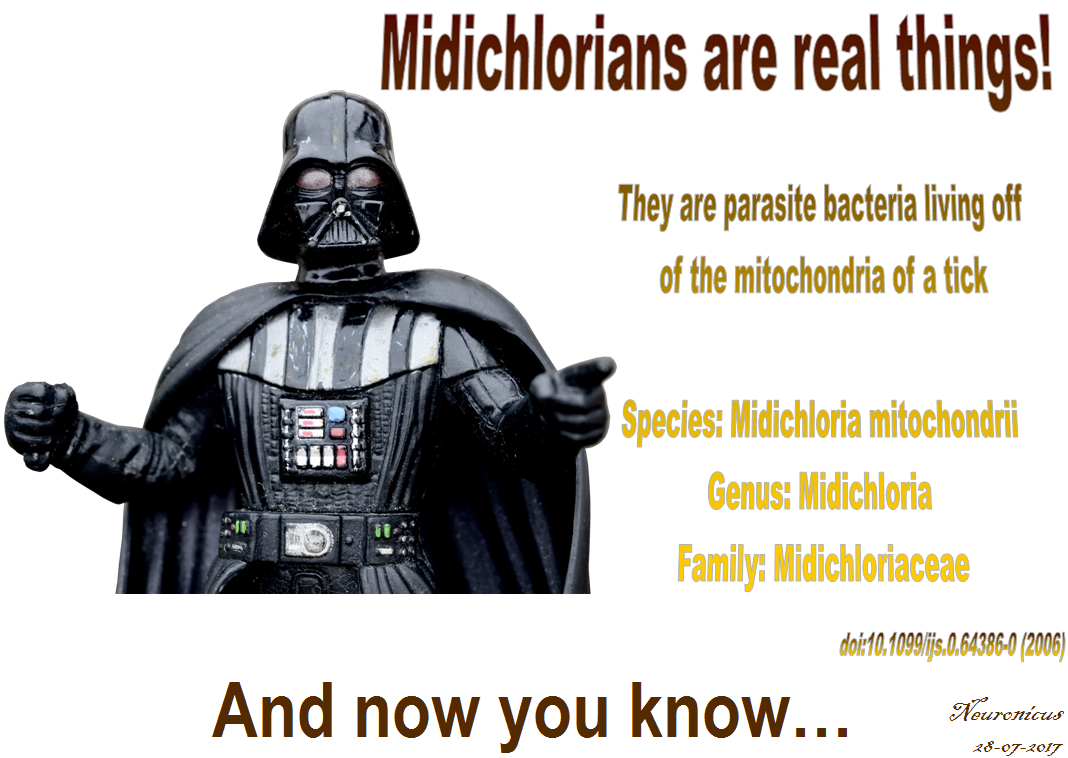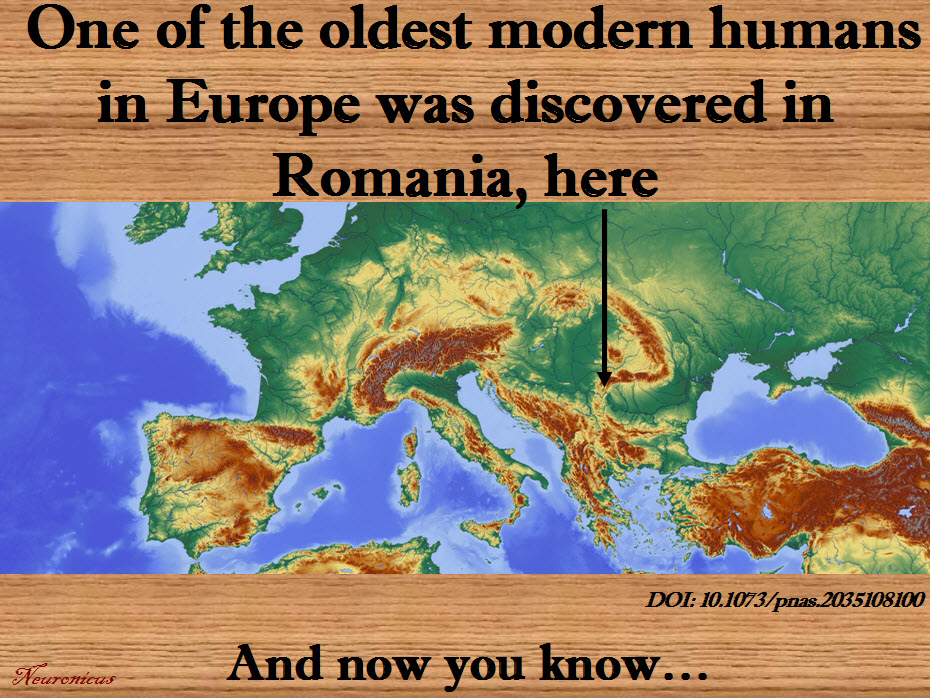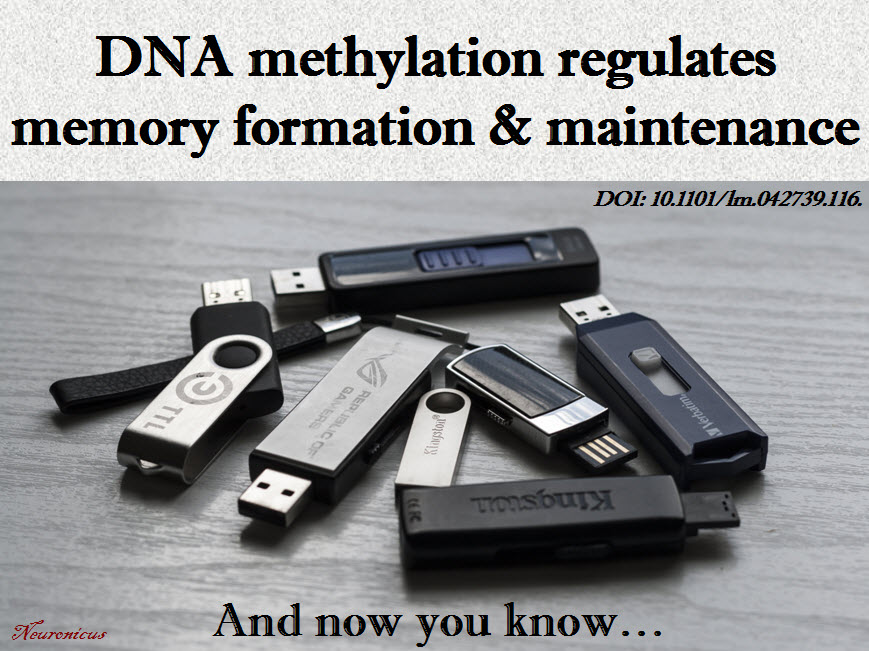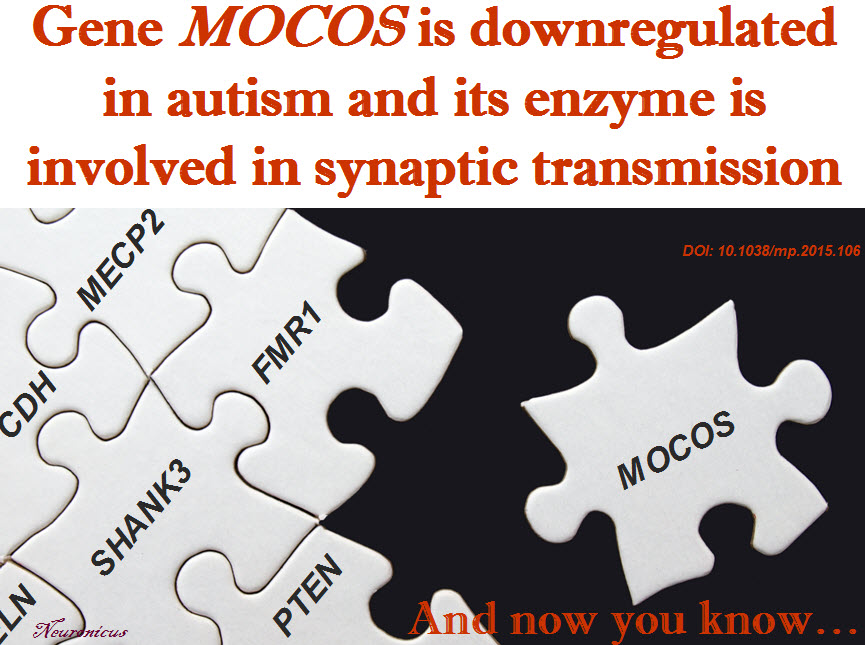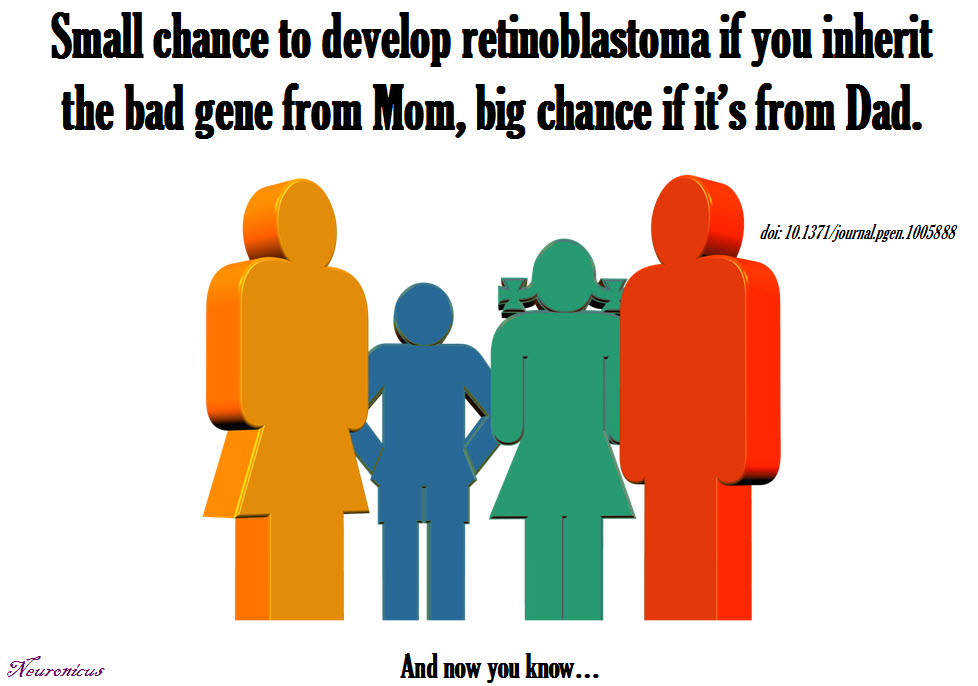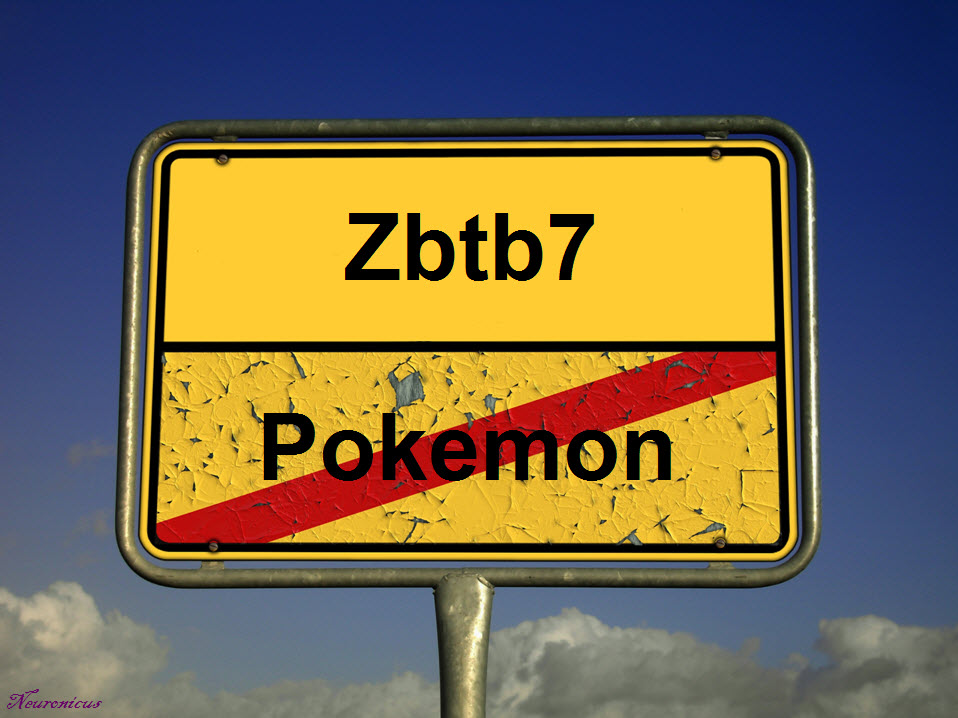Few of the Generation X people are unfamiliar with the super-hit/movie cult Twin Peaks. And from those, even fewer find the dwarf dancing in the Red Room not scary as hell. And yet even fewer know who the man singing “Sycamore Trees” in that room is. For memory refreshment, here is the clip.
The man with the unusual voice, to match all the rest of the… um… “unusualness”, is none other than Jimmy Scott, a phenomenal jazz singer. If you listen to him, particularly in the hit “I’m Afraid The Masquerade Is Over“, you’ll notice that, if you close your eyes, you might be confused on whether the voice belongs to an adult man or a very gifted prepubertal boy.
And that is because Jimmy Scott suffered his entire life from a rare and obscure disease, called the “Kallmann syndrome”. This is a genetic disorder that prevents a person to start or to fully complete puberty. And that is because they have low circulating sex hormones: testosterone in males and estrogen and progesterone in females. And that is because their hypothalamus does not produce enough or at the proper times gonadotropin-releasing hormone (GnRH). And that is because sometime during the first trimester of pregnancy, there was an abnormality in the development of the olfactory fibers. You might ask what does smell development has with sex hormones? Well, I’m glad you asked. The cells that will end up releasing GnRH during puberty need to migrate from where they are born (nasal epithelium) to hypothalamus. If something impedes said migration, like, say, a mass, then the cells cannot reach their destination and you get a person who cannot start or finish puberty, plus a few other symptoms (Teixeira et al., 2010).
As some of you might have already surmised, something else besides lack of puberty must happen to these people regarding their sense of smell. After all, their olfactory fibers got tangled during embryonic development, forming, probably, a benign tumor, a neuroma. Not surprisingly, the person ends up with severely diminished or absent sense of smell, information that can be clinically used for diagnosis (Yu et al., 2022).
The first one to notice that people with failure to start or fully complete puberty are also anosmic was Aureliano Maestre de San Juan, a Spanish scientist. Unfortunately, the syndrome he documented in 1856 was named not named after him, but after the German scientist Franz Joseph Kallmann who described it almost a century later, in 1944 (Martin et al., 2011). Kallmann not only he did not discover the syndrome himself, but he was a staunch supporter of “racial hygiene”, advocating for finding and sterilizing relatives of people with schizophrenia so to eradicate the disease from future generations. Ironically, he fled Germany in 1939 because he was of Jewish heritage into a country which enthusiastically embraced eugenics and performed their own sterilizations programs, the USA (Benbassat, 2016).
So, I hereby propose, in an obscure unvisited corner of the Internet, to rename the disease the Maestre syndrome or MSJJ, after the guy who actually noticed it the first time and published about it. Besides, it’s his birthday today, having been born on October 17, 1828.

REFERENCES (in order of appearance):
Yu B, Chen K, Mao J, Hou B, You H, Wang X, Nie M,Huang Q, Zhang R, Zhu Y, Sun B, Feng F, Zhou W, & Wu X (2022, Sep 22).The diagnostic value of the olfactory evaluation for congenital hypogonadotropic hypogonadism. Frontiers in Endocrinology (Lausanne). 2022; 13: 909623. doi: 10.3389/fendo.2022.909623, PMCID: PMC9523726, PMID: 36187095. ARTICLE | FREE FULLTEXT PDF
Teixeira L, Guimiot F, Dodé C, Fallet-Bianco C, Millar RP, Delezoide A-L, & Hardelin J-P (2010, Oct 1, Published online 2010 Sep 13). Defective migration of neuroendocrine GnRH cells in human arrhinencephalic conditions. Journal of Clinical Investigation, 120(10): 3668–3672. doi: 10.1172/JCI43699, PMCID: PMC2947242, PMID: 20940512. ARTICLE | FREE FULLTEXT PDF
Benbassat, CA (2016, Published online 2016 Apr 19). Kallmann Syndrome: Eugenics and the Man behind the Eponym. Rambam Maimonides Medical Journal, 7(2): e0015. doi: 10.5041/RMMJ.10242, PMCID: PMC4839542, PMID: 27101217. ARTICLE | FREE FULLTEXT ARTICLE
Martin C, Balasubramanian R, Dwyer AA, Au MG, Sidis Y, Kaiser UB, Seminara SB, Pitteloud N, Zhou Q-Y, & Crowley, Jr WF (2011, Published online 2010 Oct 29). The Role of the Prokineticin 2 Pathway in Human Reproduction: Evidence from the Study of Human and Murine Gene Mutations. Endocrine Reviews, 32(2): 225–246. doi: 10.1210/er.2010-0007, PMCID: PMC3365793, PMID: 21037178. ARTICLE | FREE FULLTEXT PDF
Original references which I couldn’t find, as they appear in Martin et al. (2011):
Maestre de San Juan A. (1856). Teratologia: Falta total de los nervios olfactorios con anosmia en un individuo en quien existia una atrofia congénita de los testículos y miembro viril. Siglo Medico, 3:211–221 [Google Scholar]
Kallmann F, Schoenfeld W & Barrera S (1944). The genetic aspects of primary eunuchoidism. Am J Ment Defic, 48:203–236 [Google Scholar]
By Neuronicus, 17 October 2022


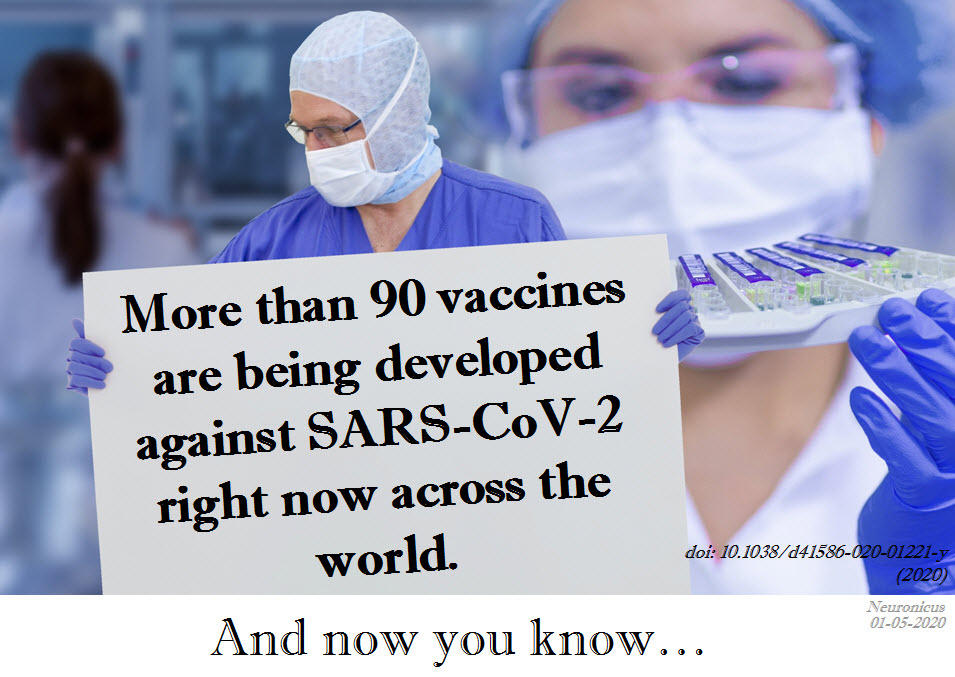 REFERENCE: Callaway, E. (28 April 2020). The race for coronavirus vaccines: a graphical guide,
REFERENCE: Callaway, E. (28 April 2020). The race for coronavirus vaccines: a graphical guide, 